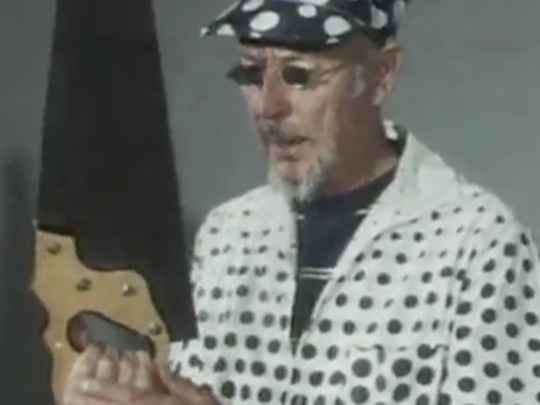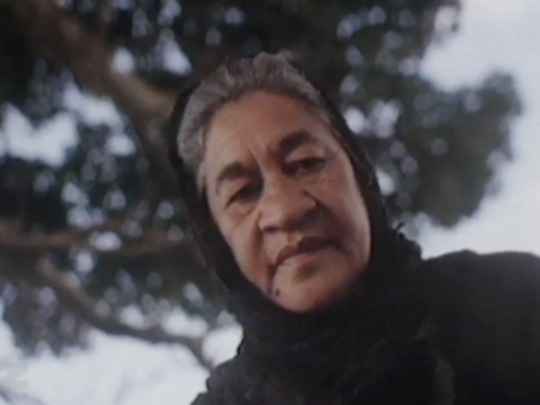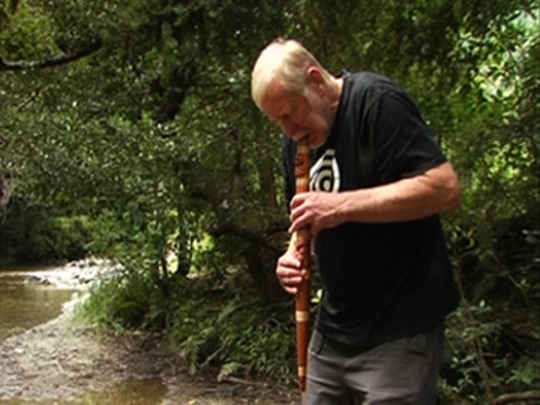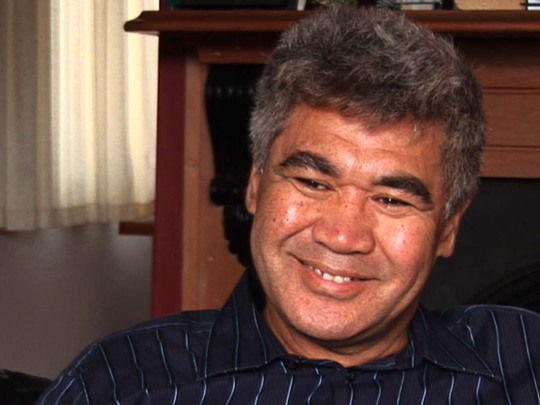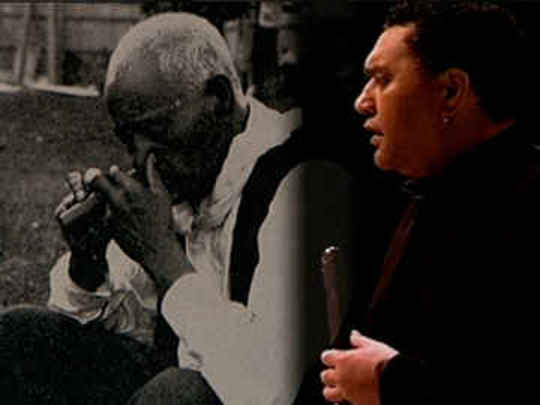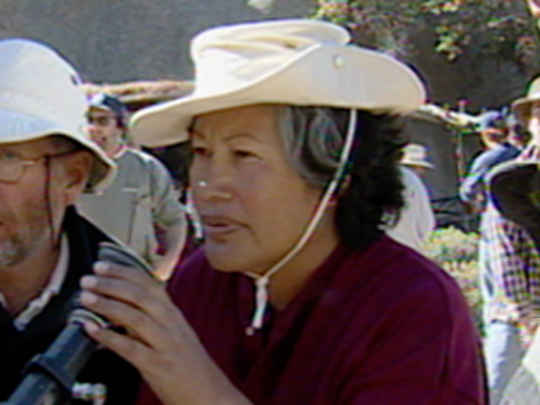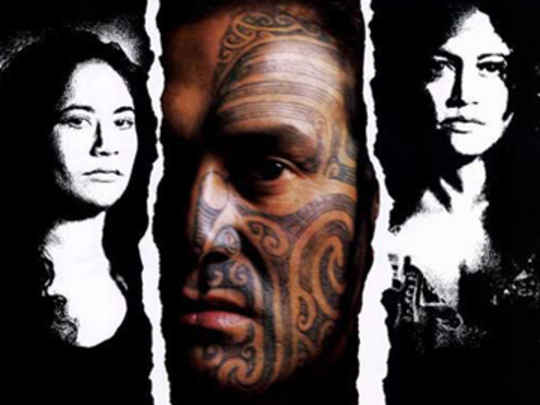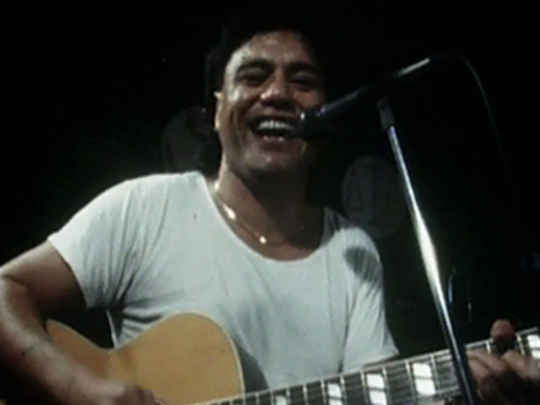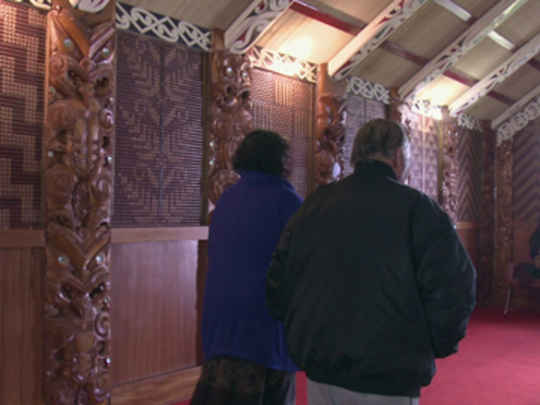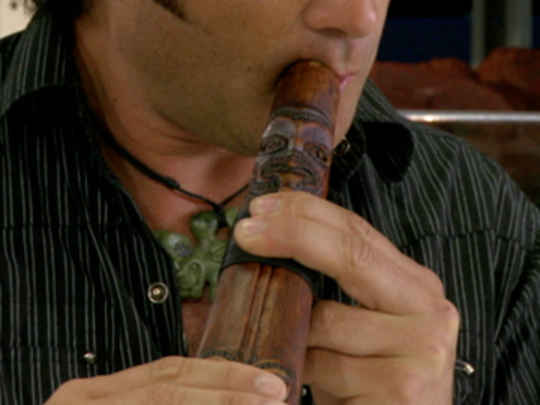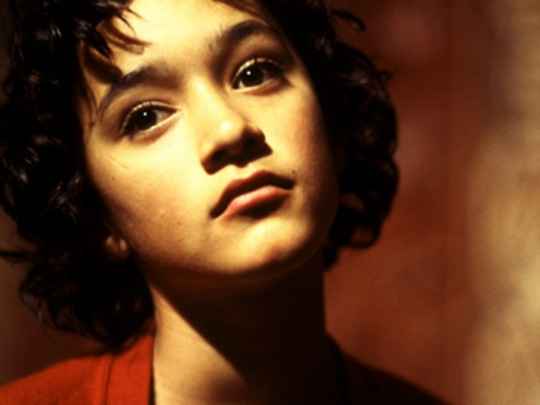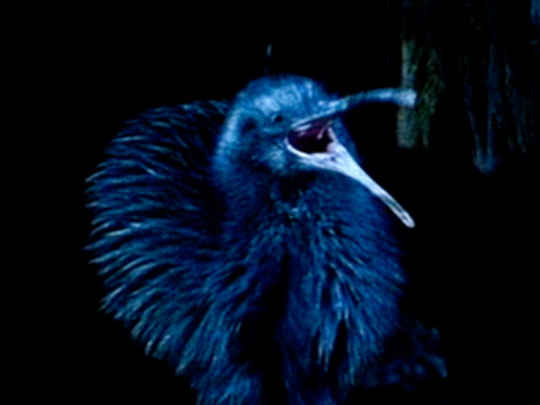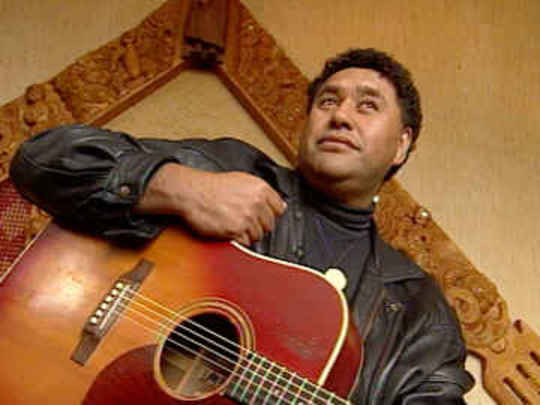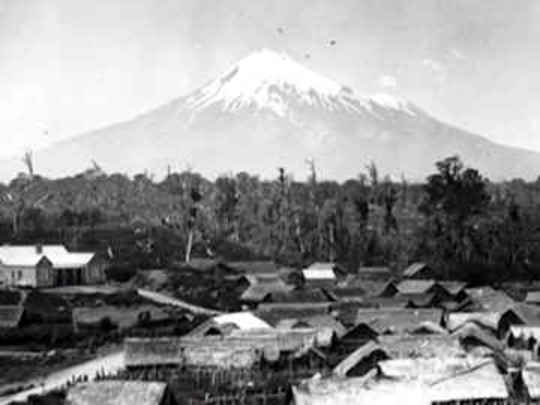The hardest thing with carving anything like this is having the right tools, and conventional tools don't really...You can see I've sort of tried to get in there with a chainsaw and chisel, to make that deeper and get a larger chamber to resonate. I’m going to have to have made some special tools.
– Carver Bernard Makoare on his first attempt at carving a pahū
I learnt the meaning of the poi for Parihaka, why we use it to accompany these songs. You hear this beat, it is the heart. At the time the heart of the people was in conflict — they knew that the troops were coming. At that time they were living in Parihaka . . . So when you hear the sound of the poi you will feel your heartbeat.
– Parihaka kuia Whero Bailey
There's a lot of people I talk with who say 'Well, we don't have a drum, and that's all there is to it'. And I kind of think, well how can it be, when all of the islands, our homelands, have such a strong element of percussion and drums? Percussion's there in our lives, it's there in our heartbeat. You know it's such an elemental sort of thing.
– Carver Rangi Skipper on pahū, early in this documentary
We were looking for things to do for the week prior to the Ngā Puna Waihanga hui, to do something that no one had done since the old people. And we couldn't find out anyone who had made one, and we couldn't find out how to make one either. The one that we have seen in the Wellington Museum is totally different.
– Pounamu carver Clem Mellish on the pahū he carved for a 1992 Ngā Puna Waihanga (formerly NZ Māori Artists and Writers Association) hui, early in this documentary
In Te Pahū, Hirini Melbourne talks about the processes of assembling tribal knowledges to gain insight into the history of Māori instruments, and pays tribute to the role of women as transmitters of that history through such means of waiata.
– Writer Geraldene Peters, in 2007 book New Zealand Filmmakers, page 113
Missing from the heart of modern Māori music is the native equivalent of the drum, the pahū, which raises the question — was there ever a Māori drum? If so, why isn’t it heard any more? With the revival of ancient instruments, why are we the only native people without the elemental sound of the heartbeat, te hotu o te manawa? We set off on a journey and found ourselves travelling into the realm of our tūpuna to retrieve the knowledge of the pahū.
– Narrator Hone Kaa in the opening monologue of Te Pahū

